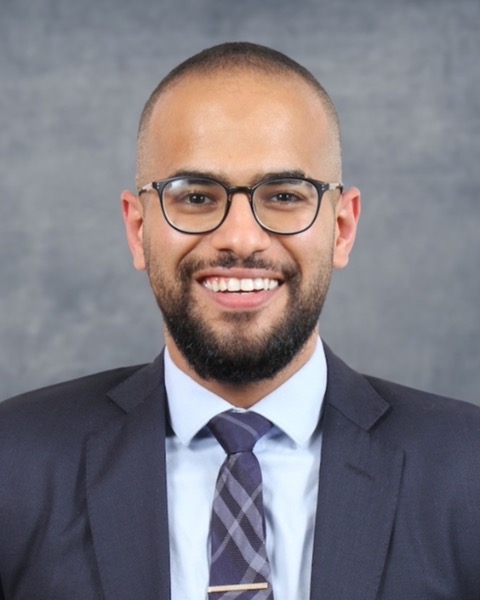Back
Background: Shock, particularly septic shock, is a leading cause of pediatric morbidity and mortality. Management often involves intravenous vasoactive agents to optimize oxygen delivery and restore hemodynamic stability in fluid refractory shock. Prolonged use of vasoactive agents may necessitate central venous line placement and accepting the risks of central venous line infections and venous thromboembolism. Midodrine, an oral alpha-1 selective adrenergic agonist, has shown efficacy in reducing intravenous vasoactive requirements in adult patients. However, data on its use in pediatric patients are lacking.
Objective: This study will help clarify the potential benefit of midodrine in reducing the duration of intravenous vasoactive therapy. Secondary objectives include evaluating midodrine’s adverse effects, re-initiation of vasopressor therapy within 24 hours of discontinuation, time to ICU/hospital discharge, and rehospitalization within seven days.
Design/Methods: This retrospective, descriptive case series focuses on patients admitted to the Pediatrics unit or Pediatric Intensive Care Unit at Maimonides Children's Hospital from January 2014 to September 2024. Eligible patients are those with fluid-refractory hypotension requiring intravenous vasoactive agents who received at least three doses of midodrine. Data collected includes patient demographics, type of shock, duration of vasoactive therapy, concomitant medications, organ function, and outcomes such as time to intravenous vasoactive discontinuation and hospital discharge. Statistical analysis will be conducted based on the number of patients included and data types.
Critical Care Works in Progress
Session: Critical Care Works in Progress
WIP 38 - Intravenous vasoactive-sparing effects of midodrine in children: A single-center case series
Friday, April 25, 2025
5:30pm – 7:45pm HST
Ahmed Hussein, Maimonides Infants and Children's Hospital of Brooklyn, Brooklyn, NY, United States; Christine Lee, Maimonides Infants and Children's Hospital of Brooklyn, Brooklyn, NY, United States; Zachary Johnson, Maimonides Infants and Children's Hospital of Brooklyn, Brooklyn, NY, United States; Jeremy Silverstein, Maimonides Infants and Children's Hospital of Brooklyn, New York, NY, United States

Ahmed Hussein, MD, MBA (he/him/his)
Resident Physician
Maimonides Infants and Children's Hospital of Brooklyn
Brooklyn, New York, United States
WIP Poster Presenter(s)
Background: Shock, particularly septic shock, is a leading cause of pediatric morbidity and mortality. Management often involves intravenous vasoactive agents to optimize oxygen delivery and restore hemodynamic stability in fluid refractory shock. Prolonged use of vasoactive agents may necessitate central venous line placement and accepting the risks of central venous line infections and venous thromboembolism. Midodrine, an oral alpha-1 selective adrenergic agonist, has shown efficacy in reducing intravenous vasoactive requirements in adult patients. However, data on its use in pediatric patients are lacking.
Objective: This study will help clarify the potential benefit of midodrine in reducing the duration of intravenous vasoactive therapy. Secondary objectives include evaluating midodrine’s adverse effects, re-initiation of vasopressor therapy within 24 hours of discontinuation, time to ICU/hospital discharge, and rehospitalization within seven days.
Design/Methods: This retrospective, descriptive case series focuses on patients admitted to the Pediatrics unit or Pediatric Intensive Care Unit at Maimonides Children's Hospital from January 2014 to September 2024. Eligible patients are those with fluid-refractory hypotension requiring intravenous vasoactive agents who received at least three doses of midodrine. Data collected includes patient demographics, type of shock, duration of vasoactive therapy, concomitant medications, organ function, and outcomes such as time to intravenous vasoactive discontinuation and hospital discharge. Statistical analysis will be conducted based on the number of patients included and data types.

